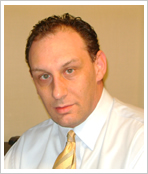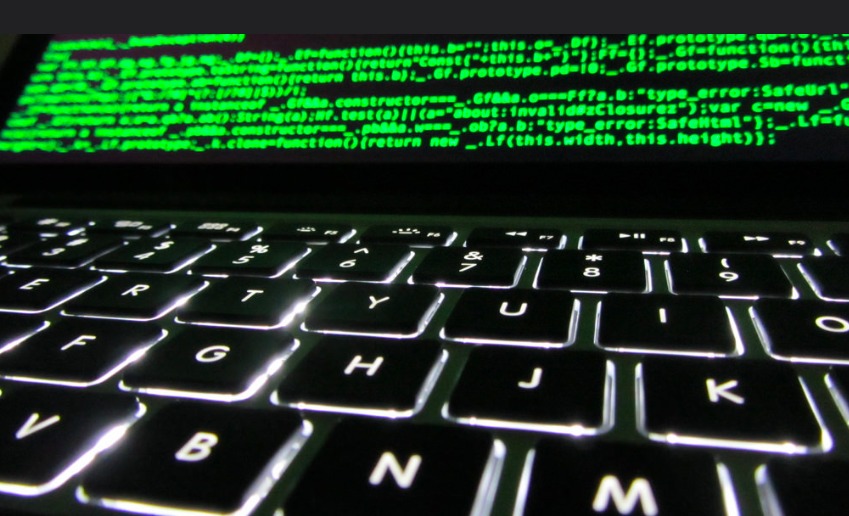 Author: Yale Bock, Y H & C Investments
Author: Yale Bock, Y H & C Investments
Covestor model: Long Term GARP
Disclosure: Long all stocks named
First, it is nice to begin the Long Term GARP Portfolio on Covestor after having success at Wealthfront, only to be disappointed by them changing to a new business model. Still, I believe the Long Term GARP portfolio did very well for investors for the last few years and see no reason why that would not be the case on Covestor, and we appreciate the opportunity they have provided.
The Covestor portfolio is essentially the same as the Wealthfront portfolio, with almost 85% of the market value held in 5 holdings: Liberty Interactive, Intuit, Direct TV, Quest Diagnostics, and Starbucks.
Quest Diagnostics and Starbucks reported earnings last week, and the portfolio has other holdings which will report in the following few weeks, including IAC Interactive, Liberty Interactive and Liberty Media, Moneygram, VCA Antech, and British Petroleum. The following are summaries of why the 85% of the portfolio assets are held in the top five holdings.
Reasons for Owning the Portfolio Holdings
1. Liberty Interactive (LINTA) – Owner of QVC, Provide Commerce, Bodybuilding.com, Evite.com, Gifts.com, 40% of Lockerz.com, 34% of Home Shopping Network, 26% of Expedia.com, 26% of TripAdvisor.com, 30% of Interval Leisure Group, and 25% of Lending Tree.
Lots of great assets here. The company generates approximately $1.5 billion per year of EBITDA, and its debt is at low rates, with some of it maturing in 2029 and 2030. The business is not capital intensive and generates a great deal of free cash flow. Management has indicated over the next 3 years it will have about 5 billion dollars of cash to find places to allocate, either through buying back shares, buying other companies, or adding to existing ownership positions. (Source: Liberty Interactive Presentation-slide 17, Liberty InvestorDay, 11/17/2011)
One never knows what John Malone and Greg Maffei are going to do, but I do believe they are trying as hard as they can to increase shareholder value.
2. Direct TV (DTV) – The largest satellite television provider in the United States and South America, the company has 20 million subscribers in the U.S. and 10 million in South America. South America is the growth market, as DTV is adding 1.5-2 million subscribers per year. The company generated $5 billion of operating cash flow last year and bought back over $5 billion of company stock as well. The balance sheet has manageable debt at 2.5 times EBITDA and it is financed at low interest rates. There is speculation DTV will institute a dividend in 2012, but we will see how that plays out. (Source: DTVinvestorrelations)
3. Quest Diagnostics (DGX) – Largest health care diagnostic testing company in the United States. The company’s most recent earnings release was better than expected. Quest will be hiring a new CEO in the next few months, and they acquired three companies in the last couple of years. The company generates over a billion dollars per year in cash and has a non capital intensive business which allows for management to search for acquisitions, make share repurchases, and raise the dividend. DGX recently increased their dividend by 70% in the last quarter.
4. Intuit (INTU) – Owner of Quickbooks, Turbotax, Mint.com, and GoPayment businesses, INTU generates over $1 billion per year in cash and almost all of it is free cash flow. The company is expanding its different businesses in different geographic regions, including the U.K., India, Canada, and Asia. The company instituted a 15 cents per quarter dividend in the 3rd quarter of 2011. The balance sheet is strong, with debt and cash of about one billion each. (Source: Intuit IR)
5. Starbucks (SBUX) – Largest coffee and tea company in the world, expanding the business into juice, as well as growing the presence in China. In the most recent earnings report, revenues were up 16% and net profit up 10% versus a year ago. The company just announced it is entering India as well The company pays a 17 per cent a share dividend each quarter, which was increased 30% in each of the last two years.



